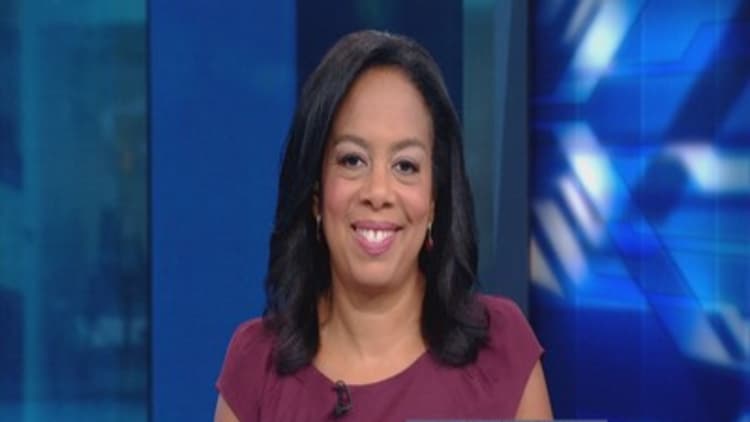Navigating the end of your car lease requires some advance financial planning.
When looking at lease vs. buy, more drivers have been opting to lease in recent years. Leasing rates are up 76 percent since 2008, according to research firm Experian Automotive. During the fourth quarter of 2015, leases accounted for almost 29 percent of all new vehicle transactions, up from 25 percent a year earlier and 20 percent in 2012. They expect 1.8 million vehicles to come off lease through the rest of 2016.
If you're among those drivers, expect to hear from the dealership soon if you haven't already.
"Dealers are doing a lot of things with leases to move new iron," said Jack Nerad, executive editorial director for Kelley Blue Book. "They'd like to put you in a new car. That's how they make money."

Offers might include the opportunity to roll over your lease early and drive off with a new one, or a pitch to purchase the vehicle for a special price. The right way to proceed isn't always clear cut. "You need to do a little bit of homework first," said Carroll Lachnit, features editor for Edmunds.com.
First up: Revisit the broader question of lease vs. buy. "Most people who are in leasing just flip it and go to another lease," Nerad said.
Monthly payments are typically lower for leases (see chart below) and offer flexibility for drivers who want to update their vehicle often, but you're not building equity. That can make it harder to jump off the leasing merry-go-round once on, he said — you might not have the cash to buy that car or make a down-payment for a new purchase.
"It's time for some soul searching: Is that what you want to do the rest of your life?" he said.
Look into how much you would pay at the lease end to buy your current vehicle. It's not always a bargain compared to what you might pay for a comparable used car on the secondary market, Lachnit said.
Crunch those numbers even if you were leaning toward another lease. If the car has a higher residual value than the purchase price the dealership is dangling, you might consider buying the lease and then quickly flip it at a profit, she said.
If you opt for a new lease, look to see if there are any advantages to an early rollover, such as getting a few months of the new lease at the old one's pricing. Pay attention to dealership sales and incentives, too.
"A lot of people don't realize when they're leasing that they can negotiate the price of the car, which would lower the lease payment," Nerad said.
Review the new lease terms carefully. Mileage allowances have been trending downward since your last lease, said Lachnit. You might get a similar monthly rate, but covering far fewer miles. "You need to know that up front," she said, or risk paying as much as 25 cents per mile above that cap when you return the car.
It's also worth some pre-assessment of any damage incurred over the course of your lease. Leases typically cover some regular wear and tear, and dealerships may be even more lenient if you're signing a new lease or they otherwise think you're a good prospect for future business, said Nerad.
"I would mostly see what unfolds in the dealership rather than get it repaired ahead of time," he said.




